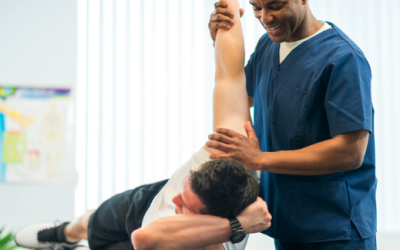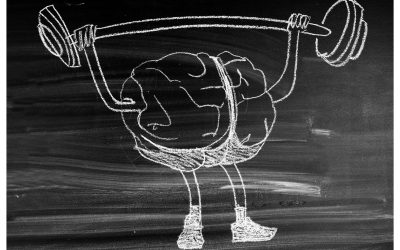Functional fitness seems to a buzzword in the health community these days. Recently, at a fitness conference in Toronto, the keynote speaker spoke about functional fitness and how it is starting to be a priority for those working in the healthcare and fitness world. So, what is functional fitness? And why is it something everyone should be aware of?
What is functional fitness?
Simply, functional fitness is exercising for real life. The goal of functional fitness if preparing your body so it can perform the activities of daily life, without pain, injury or discomfort. Activities of daily life include bending, climbing stairs, lifting, walking, carrying and any movement you perform to accomplish your daily activities. Too often, exercise routines focus on individual muscles, and often for aesthetic purpose. Functional fitness is about exercising in a way to promote proper muscle patterning, strengthen stabilizing muscles, and working the muscles in sequence. Functional fitness is about maintaining or improving your quality of life through exercise.
What are the benefits of functional fitness training?
Functional fitness exercises usually use more than one joint, and numerous muscles. Instead of only moving the elbows, for example, a functional exercise might involve the elbows, shoulders, spine, hips, knees and ankles. This mimics movements of everyday life, such as bending down to pick up a box and place on a high shelf. This type of training, properly applied, can make everyday activities easier, reduce your risk of injury and improve your quality of life.
Functional exercise training may be especially beneficial as part of a comprehensive program for older adults to improve balance, agility and muscle strength, and reduce the risk of falls.
What are examples of functional fitness?
The following are some examples of functional fitness exercises. All of these exercises target multiple muscle groups and train the muscles in a way which is similar to movements one may perform in daily activities.
Plank with Oblique Crunch
Bird Dog
Braided Sidestepping
By Charlotte Anderson
Registered Physiotherapist




